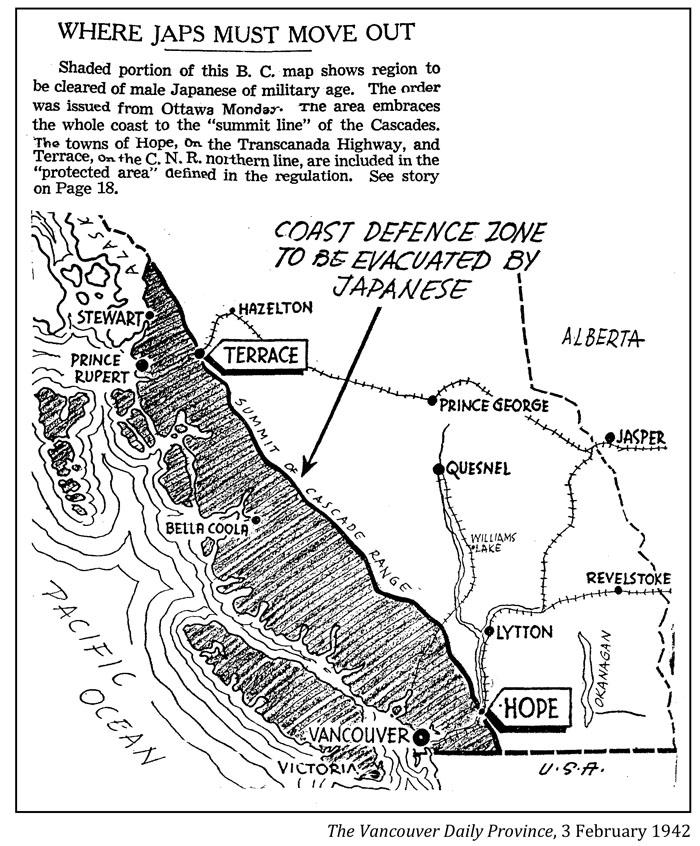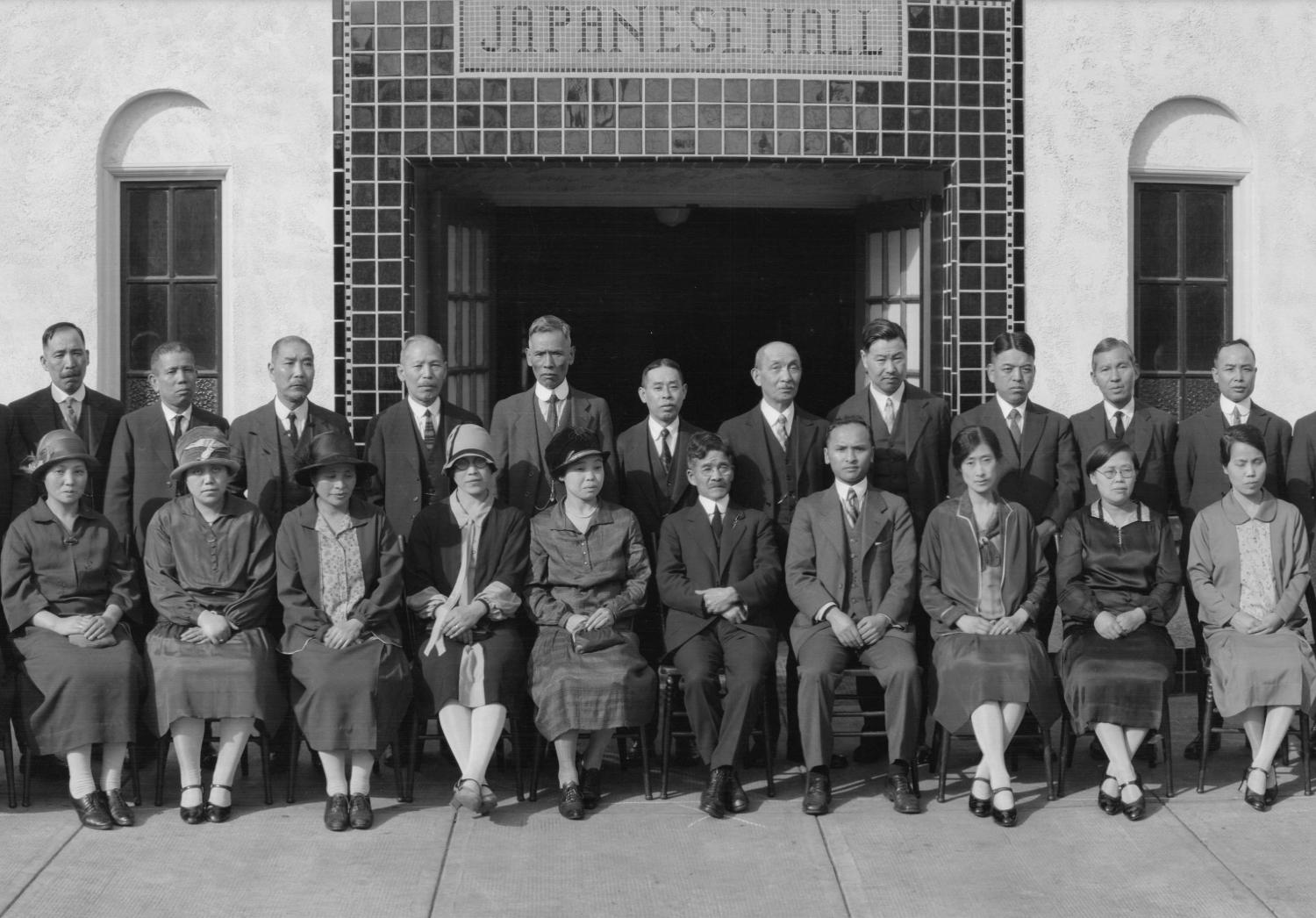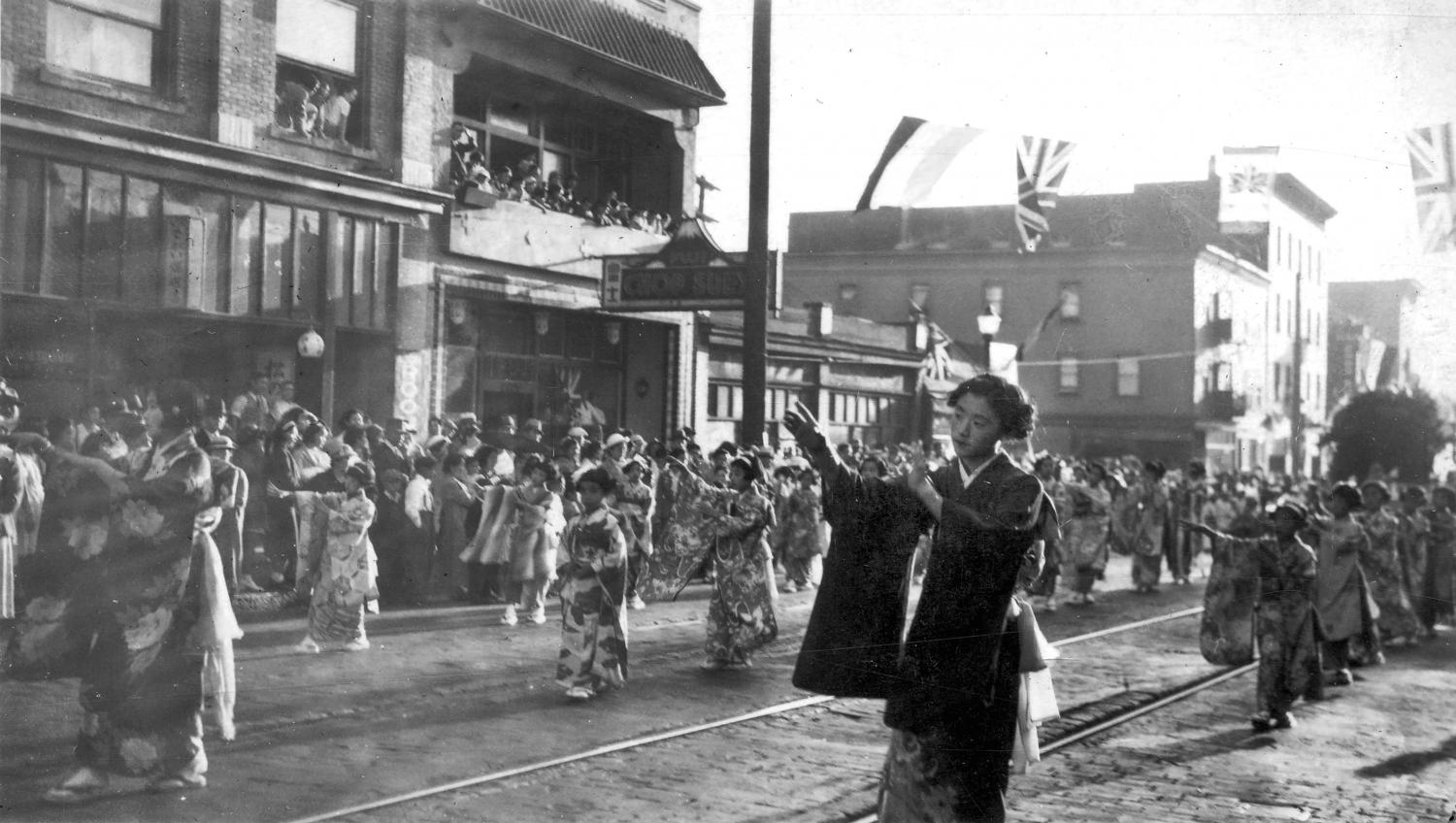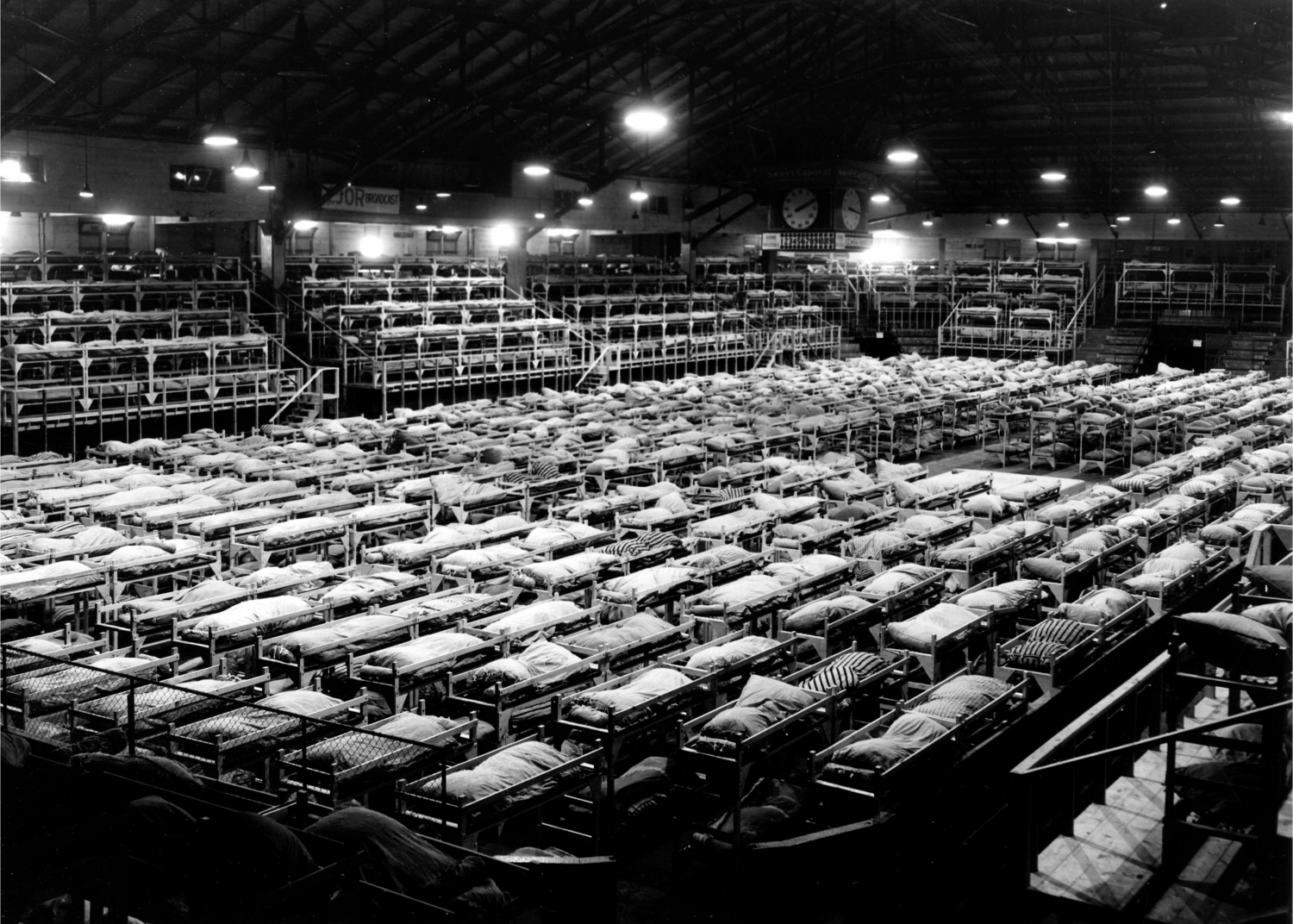Birth of Vancouver's Japantown
Powell Street was once home to Canada's largest Japanese neighbourhood
Date: 1880
Centred on Powell Street, at the north end of Vancouver’s city limits, stood a bustling Japanese neighbourhood fondly called ‘Little Tokyo.’ However, war and prejudice all but erased the community long ago. What’s left of Japantown remains a ghost of what it once was.
The community came together slowly after the first wave of Japanese immigrants began to arrive in Canada in the late 1870s. Japanese men took up jobs at the nearby Hastings Mill, which stood on the south shore of Burrard Inlet. Others fished, mined, logged or worked on the railroad. By the early 1890s, Powell Street — known in Japanese as Paueru-gai — was flush with Japanese residences and businesses.
But early in the 20th century, life in growing Japantown was interrupted by violent racism. In 1907, a swarm of anti-Asian rioters first raided Vancouver’s Chinatown then charged into Little Tokyo to wreak havoc on property and pick fights while armed residents tried to defend their homes and storefronts. The federal government later compensated those whose properties were damaged. But they didn’t stamp out the country’s pervasive anti-Asian sentiment. They embraced it. The year following the riot, Canada implemented a limit on Japanese immigration through the so-called Gentlemen’s Agreement.
However, the restriction on immigration did not include Japanese women, and Japantown continued to grow. So-called “picture brides” began joining their new husbands in Canada, putting an end to what was once known as a “bachelor society.” By the early 1920s, nearly 600 Japanese businesses and organizations flourished on Paueru-gai. Then Canada’s largest Japanese settlement, Little Tokyo offered everything from bathhouses and sushi restaurants to martial arts clubs and the first Buddhist temple established in Canada. On Alexander Street, the building that houses the Vancouver Japanese Language School — Canada’s oldest — also remains.
But much has changed over time. Oppenheimer Park, which sits adjacent to Powell Street, was once the home of the Asahi baseball team. Now, the park is more widely known as the home of the annual Powell Street Festival and, more recently, the site of recurring homeless encampments.
On the eve of World War II, approximately 8,000 Japanese residents lived on and around Powell Street. When Japan attacked Pearl Harbour on Dec. 7th,1941, everything changed. Japanese living in Canada — most of whom resided in B.C. — were viewed with even more intense suspicion by the general population than in earlier days of the “Yellow Peril” era. In 1942, the federal government forced more than 22,000 Japanese Canadians — over 90 per cent of the country’s Japanese population — living along the West Coast into internment camps. Their property was seized and put up for auction. Though the war ended in 1945, Japanese Canadians could not return to Vancouver, or anywhere along the coast, until 1949. Some came back to Little Tokyo, but many did not. What was left of the community eroded over time.
In 2019, the Vancouver Japanese Language School was named a National Historic Site. The building was one of a few properties the government gave back to Canada’s Japanese community after the war.
Sources:
1. Fumano, Dan. Lessons 'Not Relegated to History,' as B.C. Buddhist Temple Marks Milestone. The Vancouver Sun, 29 Apr. 2019, vancouversun.com/news/local-news/dan-fumano-lessons-not-relegated-to-history-as-b-c-buddhist-temple-marks-milestone.
2. History. Powell Street Festival Society, powellstreetfestival.com/about/history/.
3. Powell Street Area (Nihonmachi). Heritage Vancouver, 2017, heritagevancouver.org/top10-watch-list/2017/9-powell-street-area-nihonmachi/.
4. Powell Street. Nikkei Stories, www.nikkeistories.com/#videos.
5. The Vancouver Asahi Story. Asahi Baseball Association, www.asahibaseball.com/history.html.







